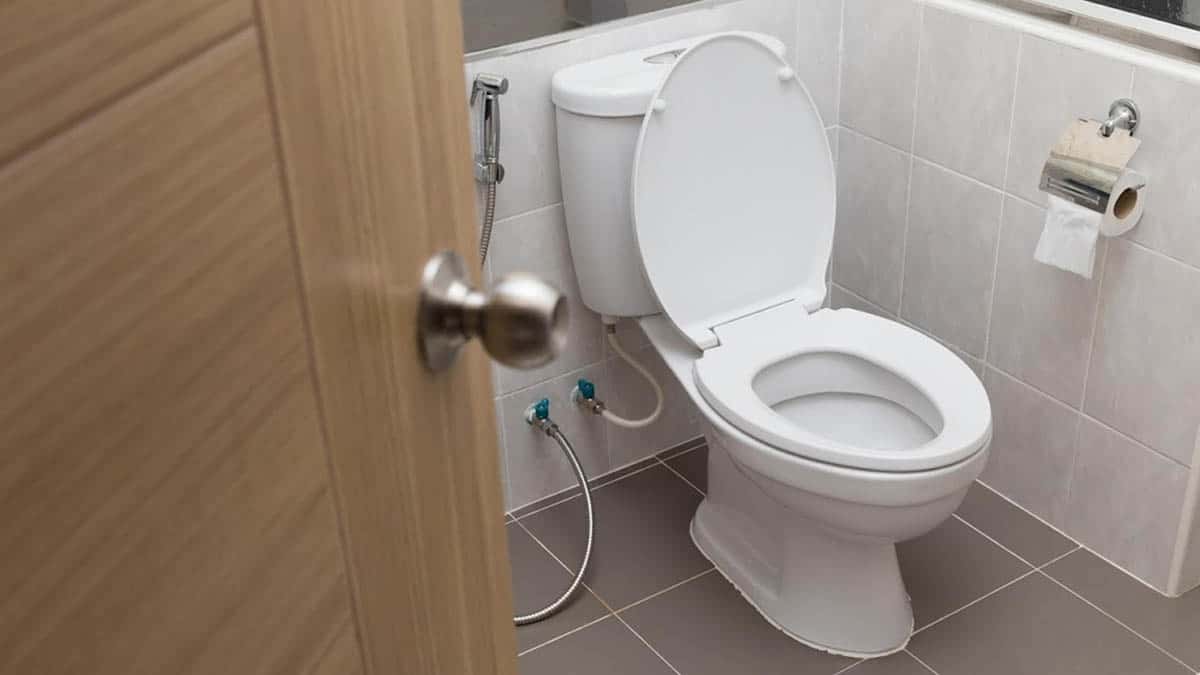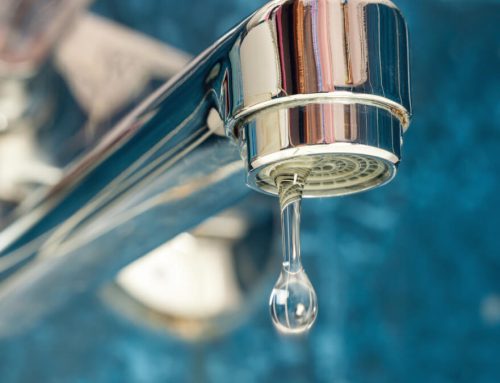
4 Things to Learn About Low Flow Toilets & Plumbing Fixtures
The conservation of water can prove crucial for communities in dry, hot parts of the country such as Arizona, especially when the local reservoirs run particularly low. For many Americans, low-flow toilets offer a more resource-efficient way to flush, preserving more water for the community while also reducing utility bills.
If you have never had a low-flow toilet in your home, you should get to know these pieces of equipment, from the various mechanisms that make them so efficient to the potential repair and maintenance issues to keep in mind. Start by examining the following four important points.
1. Low-Flow Toilets Save Water
Throughout most of the 20th Century, residential toilets commonly featured tanks that typically used five gallons of water for each flush. In 1994, new federal rules aimed at conserving water led to the adoption of the first generation of low-flow toilets that used only 1.6 gallons per flush.
The latest developments in low-flow toilet technology permit units to work successfully while using a mere 1.28 gallons per flush. The Environmental Protection Agency (EPA) awards a WaterSense label to models that meet their standards for efficiency. These toilets can reduce residential water usage by up to 60 percent.
2. Low-Flow Toilets Can Pose Some Special Challenges
As effective and appealing as low-flow toilets may seem as a way to slash your water bill and help your community, these appliances can prove more vulnerable to certain problems than traditional pre-1994 toilets. In fact, the earliest low-flow toilets almost always required two flushes instead of one, limiting their cost-effectiveness.
Modern low-flow toilets benefit from design modifications that reduce the need for multiple flushes. However, these units may still clog relatively easily, since the lower volume of water moves with less force. Power towels, trash, feminine hygiene products, and other flushed items can easily create a partial or total blockage.
The installation of low-flow toilets can also have a negative effect on certain kinds of plumbing pipes. Old-style drain pipes made from iron or galvanized steel, in particular, may corrode more quickly than usual as liquid and solid waste move through them at a reduced pace.
3. Low-Flow Toilets Come in Different Forms
Just as low-flow toilets provide a welcome alternative to older traditional designs, modern low-flow toilets offer a few different alternatives for homeowners looking to make the switch. For one thing, several of today’s designs actually need far less than 1.28 gallons per flush, making them especially water-efficient.
Many low-flow toilets come with a dual-flush capability. In this design, you have the option of using one button or lever to flush liquid waste and another button or lever to flush solid waste. Each option uses a different volume of water, ensuring that solid waste gets flushed the first time while using minimal water for liquid waste disposal.
Some state-of-the-art low-flow toilets combine water pressure with air pressure to keep waste moving along without the need for excess water. These pressure-assist models cost more than standard toilets and can prove mechanically complex, but they have the added advantage of sporting a small tank that saves space.
4. Low-Flow Toilets Work Just Fine With Proper Care
Don’t assume that the switchover to low-flow toilets has to result in clogs and breakdowns. You can keep your low-toilets running perfectly well simply by taking care about what kinds of objects you try to flush with them. Warn family members and visitors not to flush anything other than waste and toilet paper down these toilets.
Think about the state and age of your pipes before installing low-flow toilets. Your plumbing technicians can check to see whether you have old metal pipes that might face a heightened risk for corrosion. If so, ask the plumbing team to replace them with modern PVC pipes that will resist corrosion and provide more trouble-free service.
Moon Valley Plumbing and Rooter can help you take the plunge into the world of low-flow toilets. Whether you want to install low-flow toilets throughout your home, need to check the status of pipes before taking that step, or develop a problem with your low-flow toilets, contact us today for skilled professional assistance.

